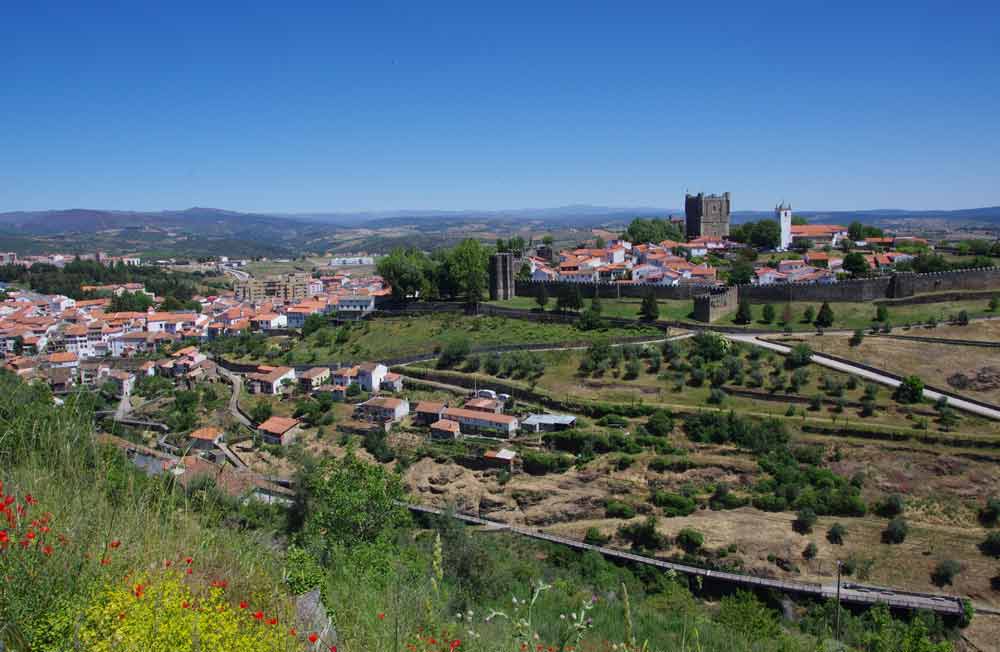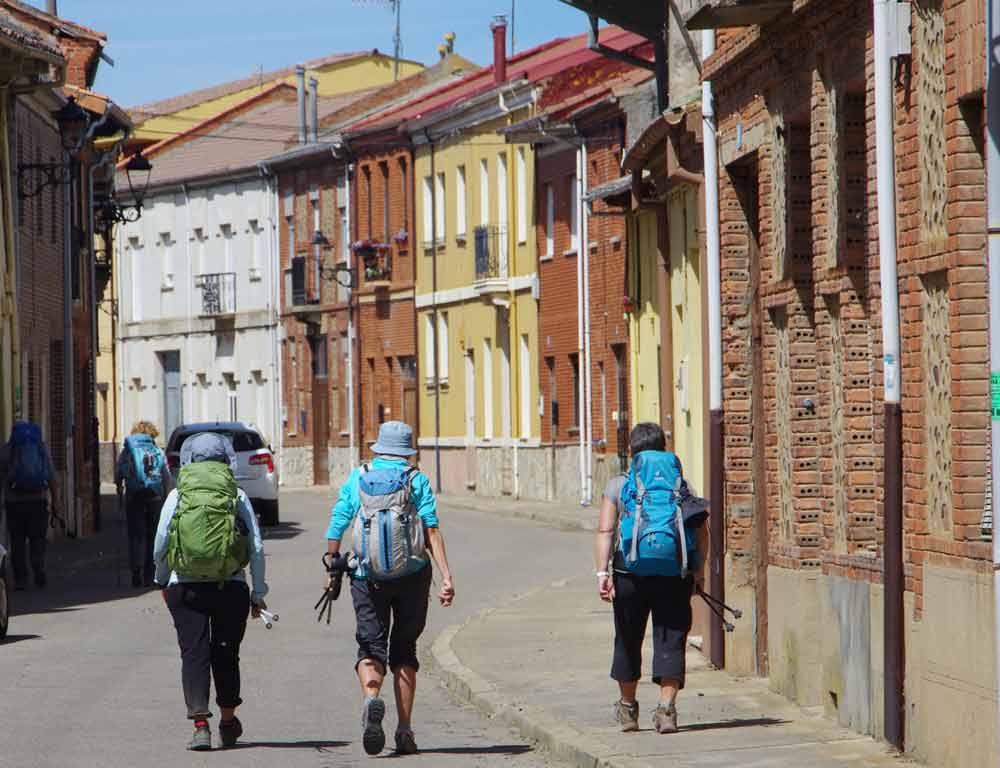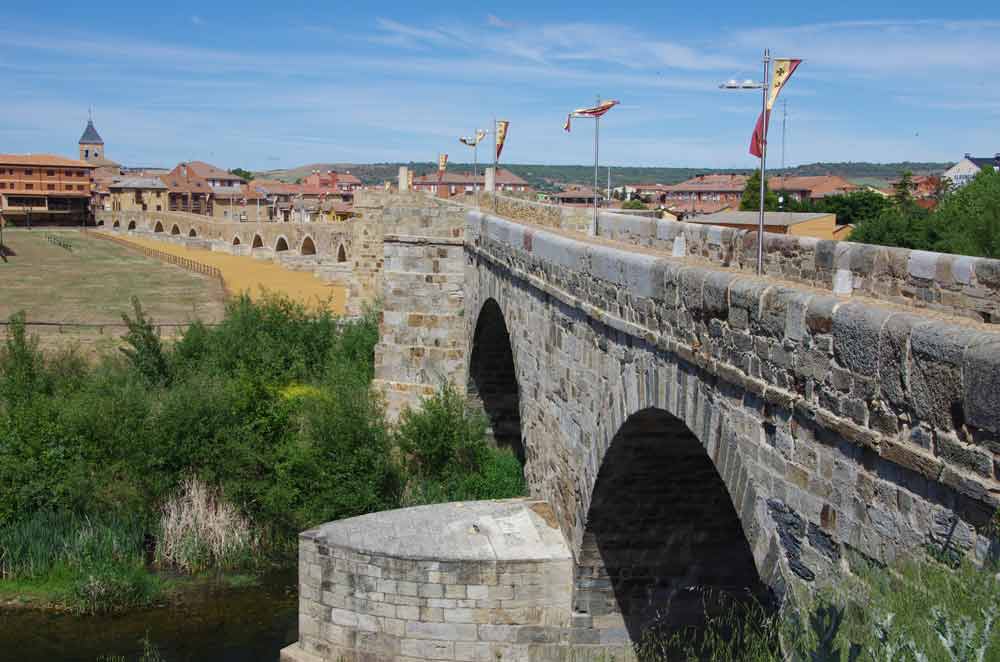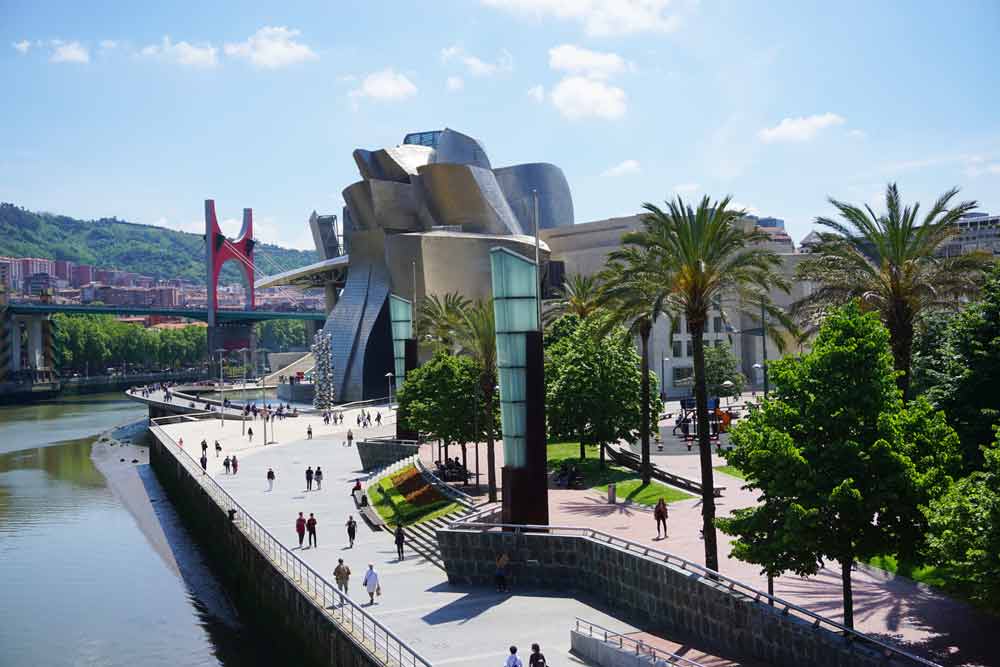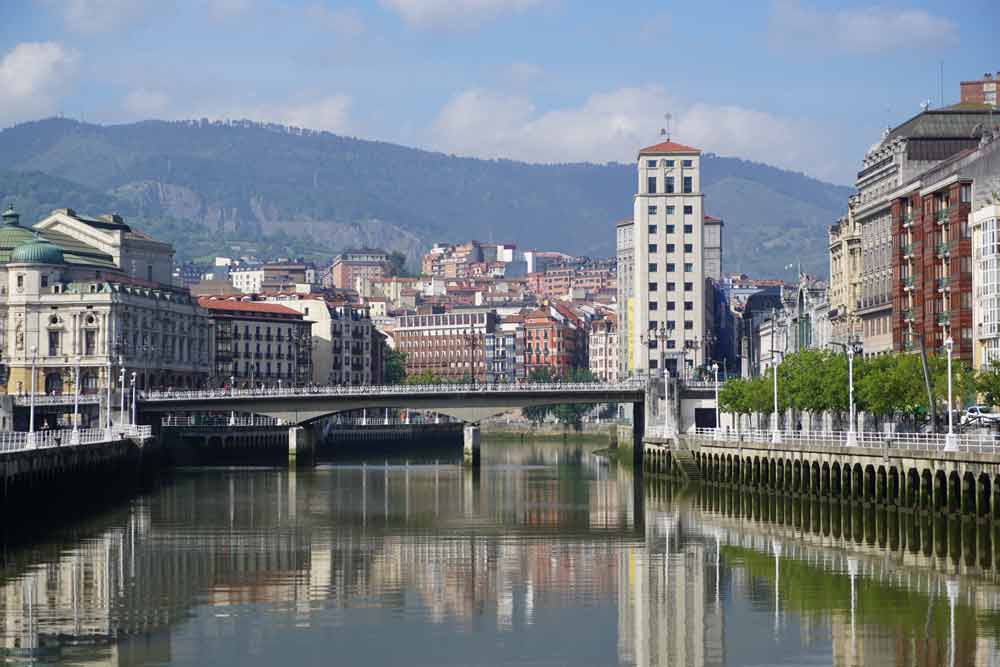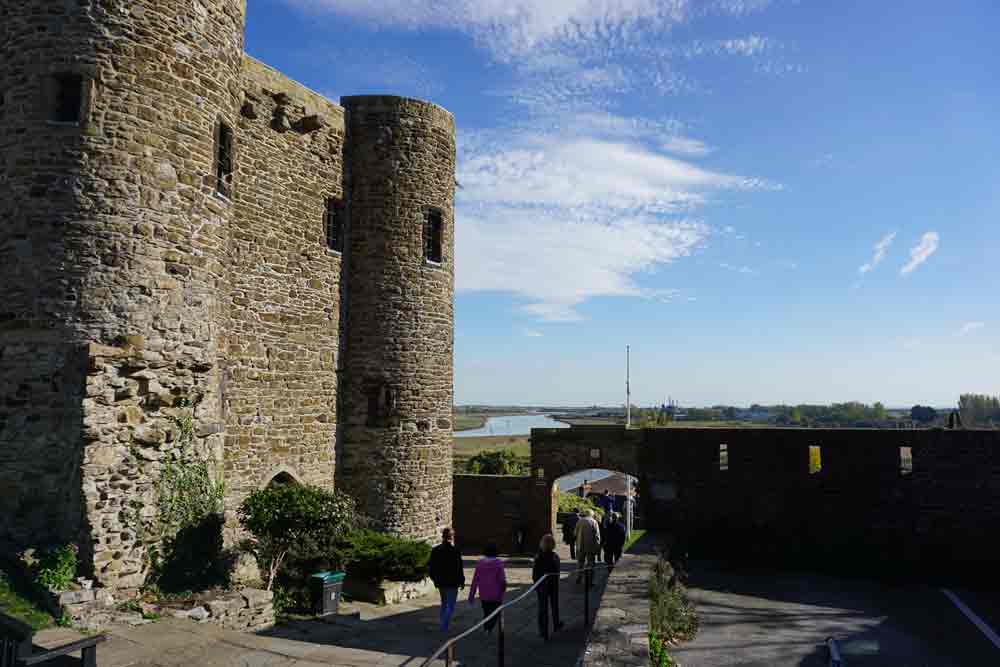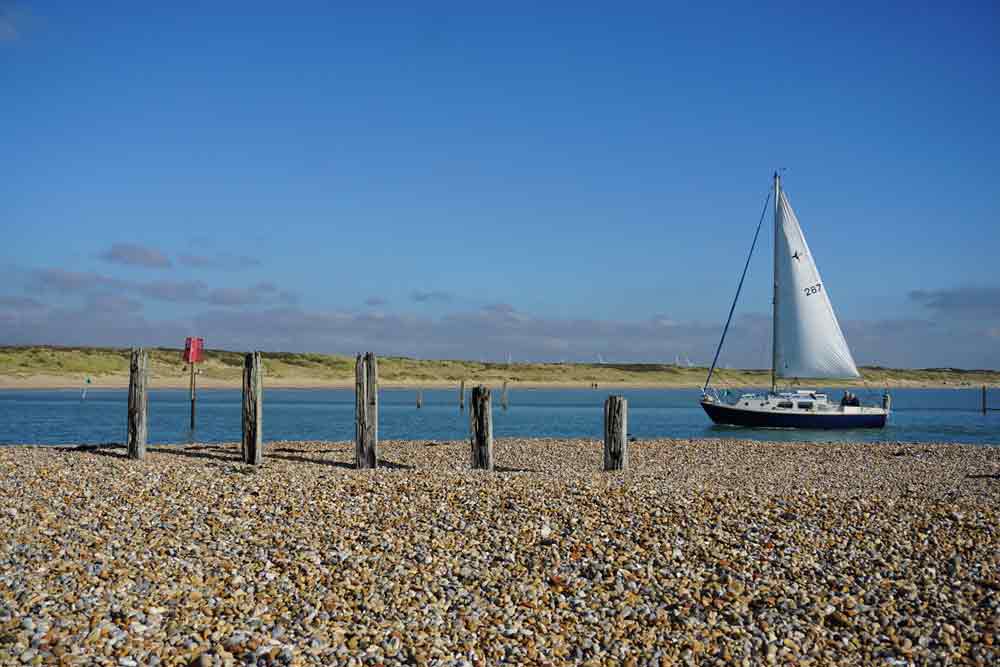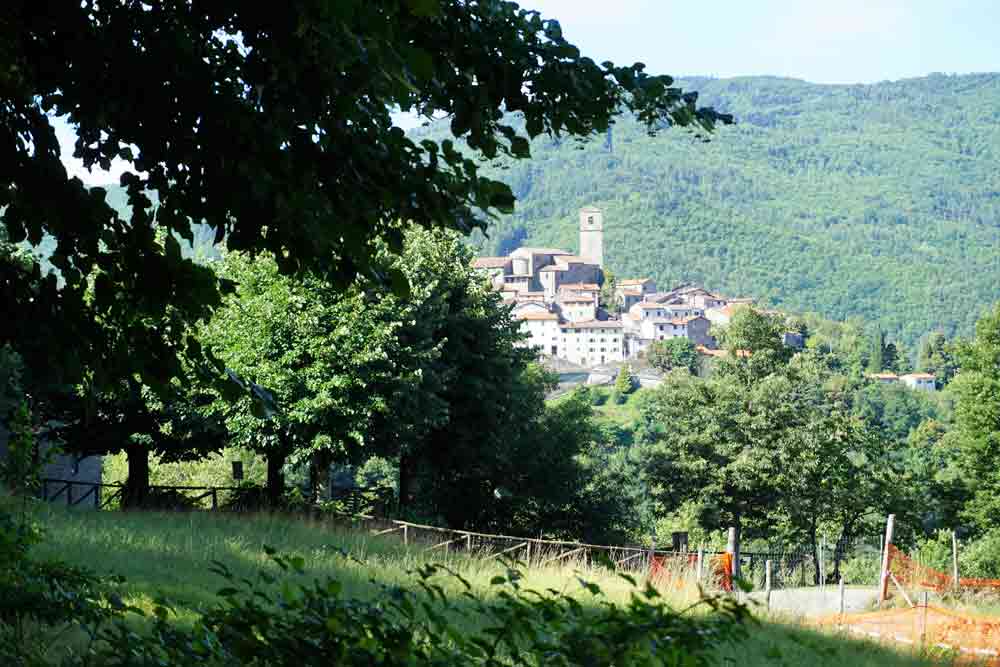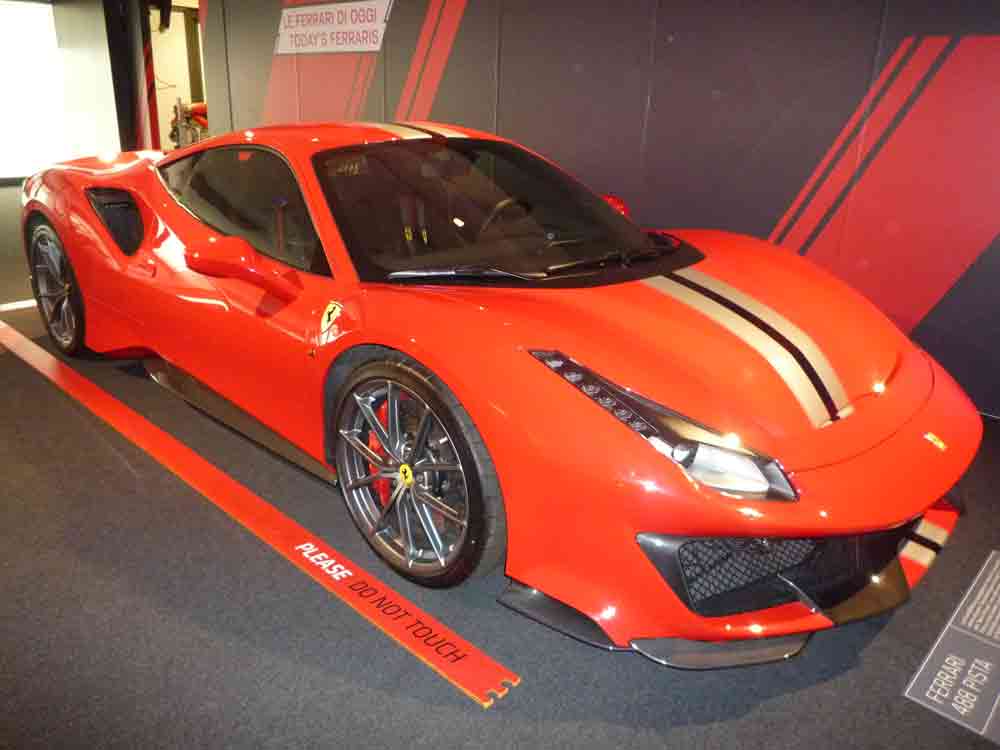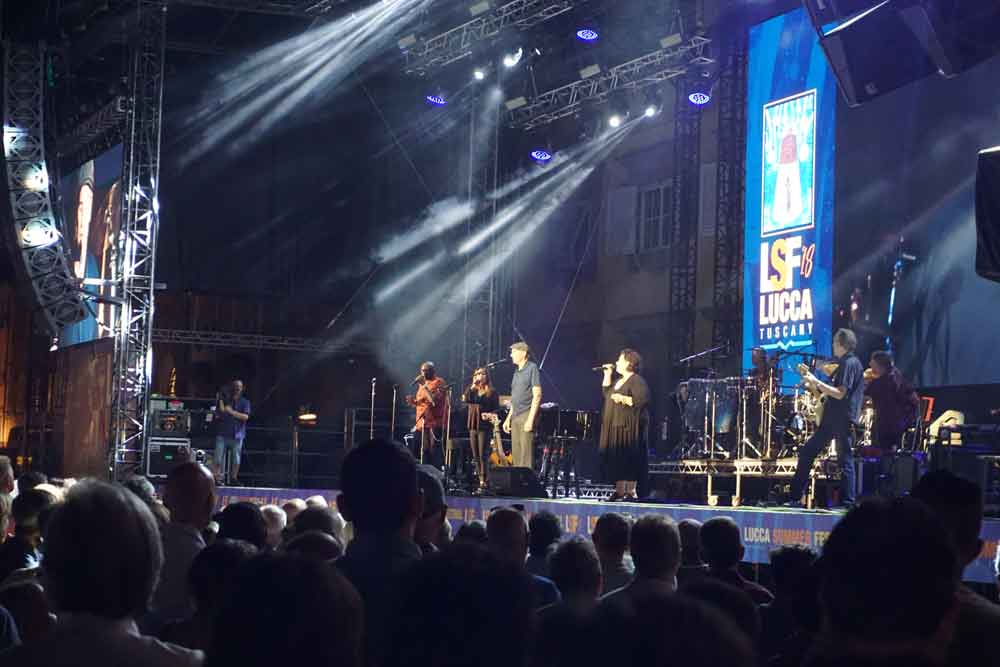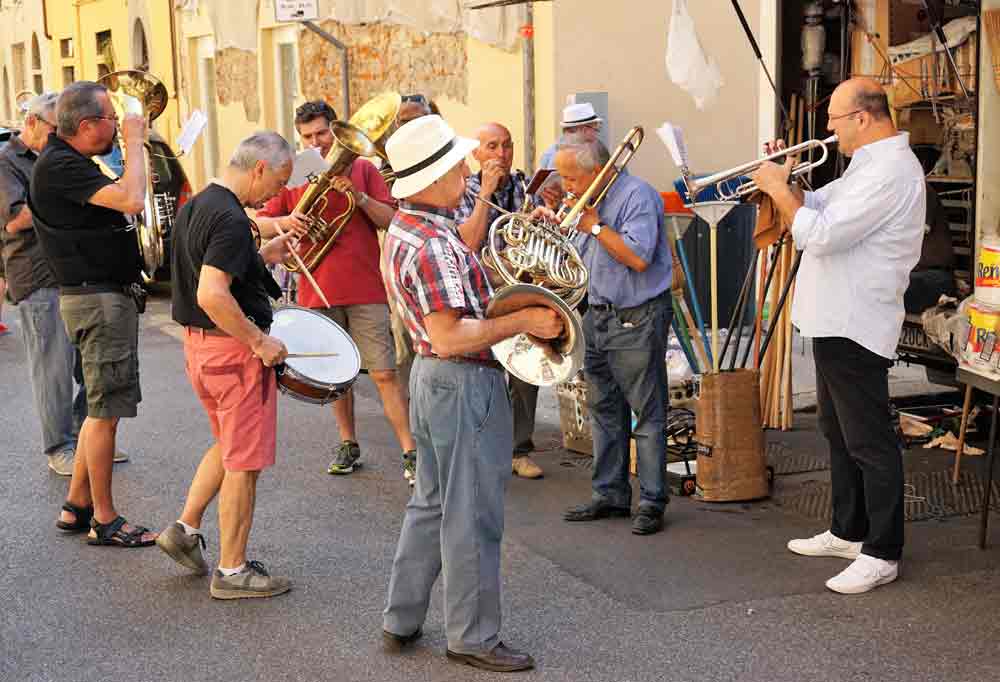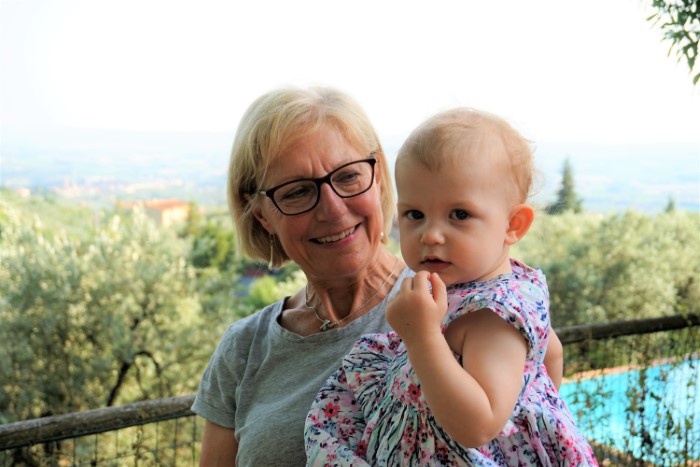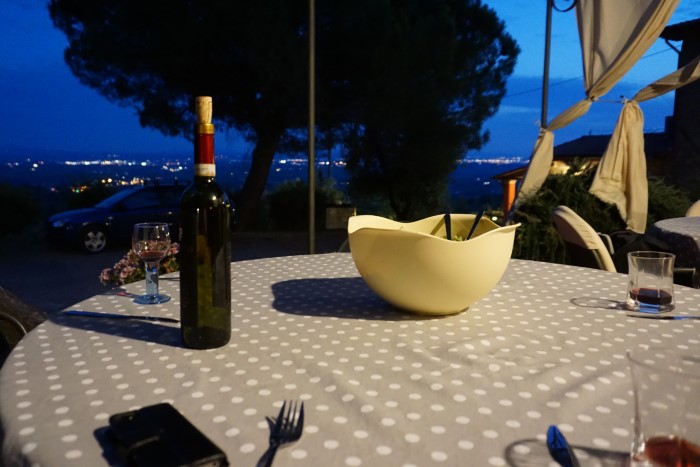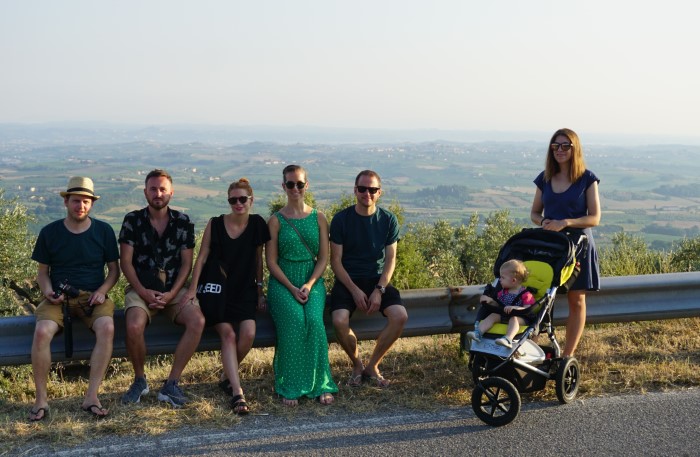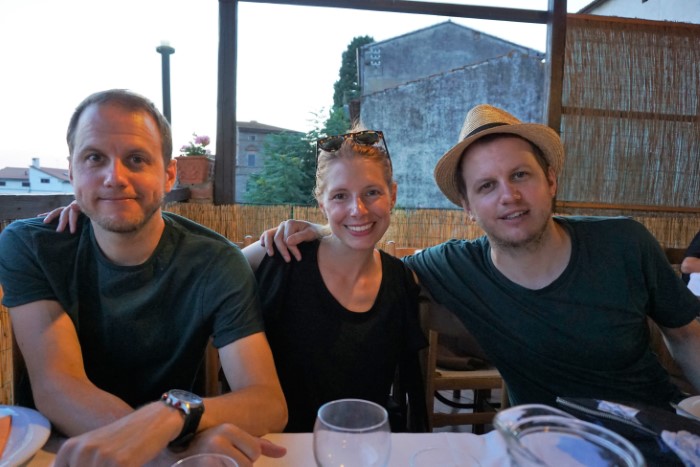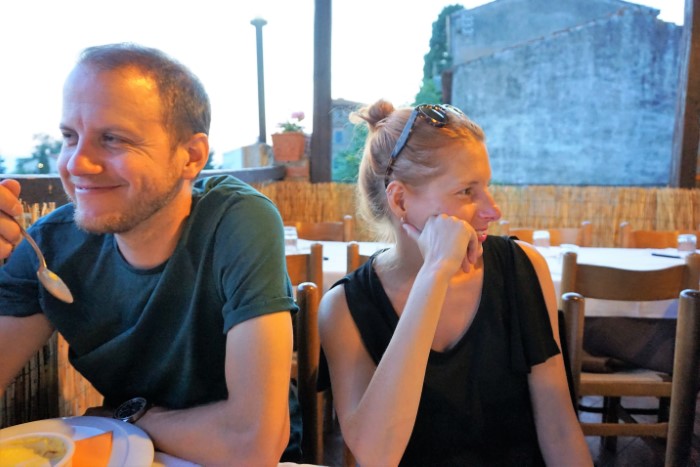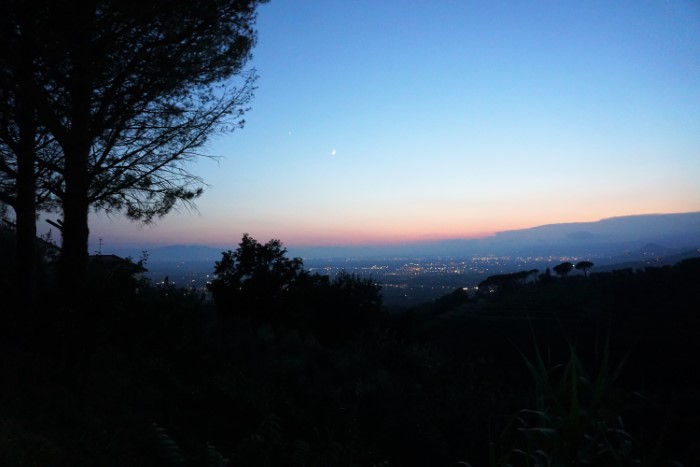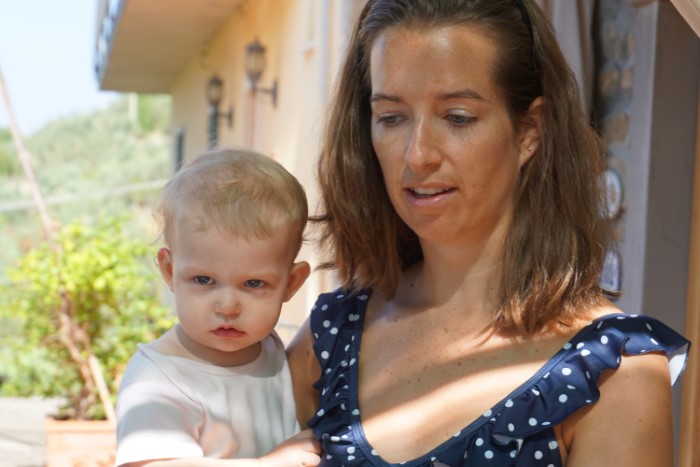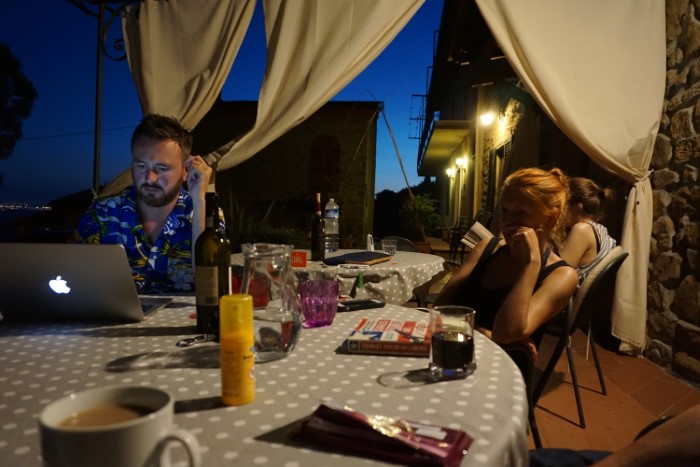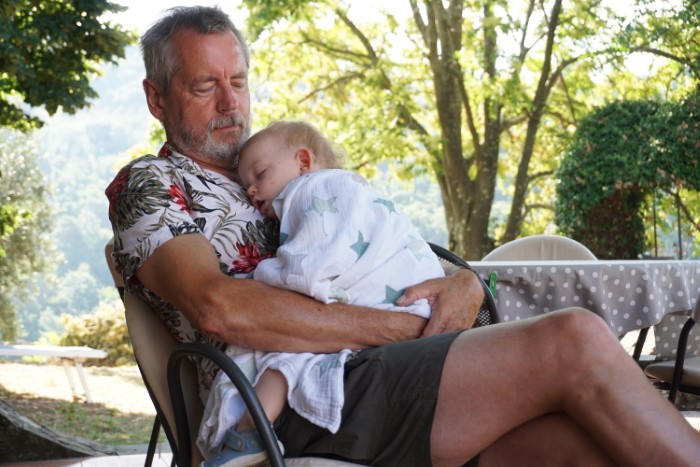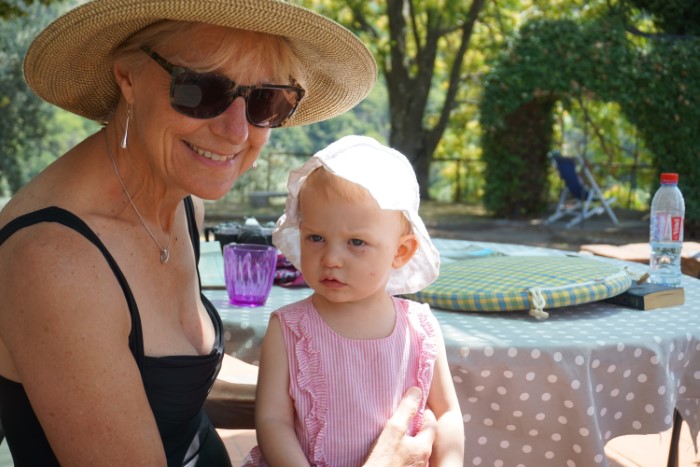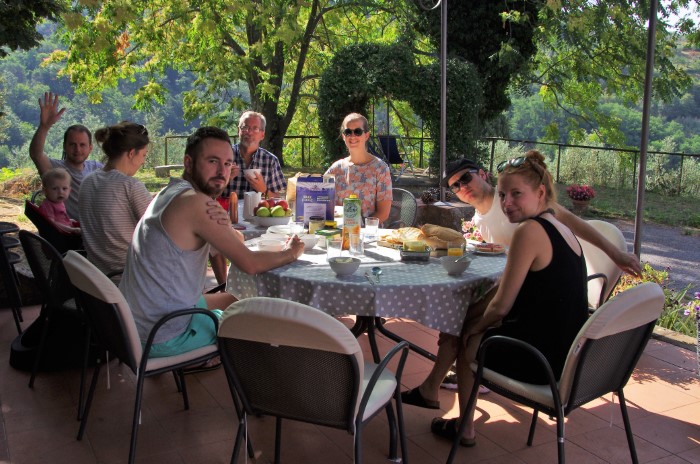From Braganza we moved on to Chaves and were lucky to find a quiet campsite next to the river and only a short cycle ride from the centre of the old town which has kept much of its original architecture and charm. We spent a couple of nights there before heading south across the Sierra da Padrela which is the high ground that sits to the east of Villa Real and leads down into the upper Douro valley. The descent into the valley itself is spectacular with great views of the extensive terracing that’s been created over hundreds of years in order to make use of every inch of available space for the growing of grapes. The soil, what little there is of it, is already baked rock hard this early in the year and it’s difficult to see how anything can grow here – let alone produce some of the world’s best known wine. Apparently the vine roots can go down seven metres and the soil (or schist as it’s known) contains mica which helps to keep the roots cool and contributes to the sweetness of the grapes.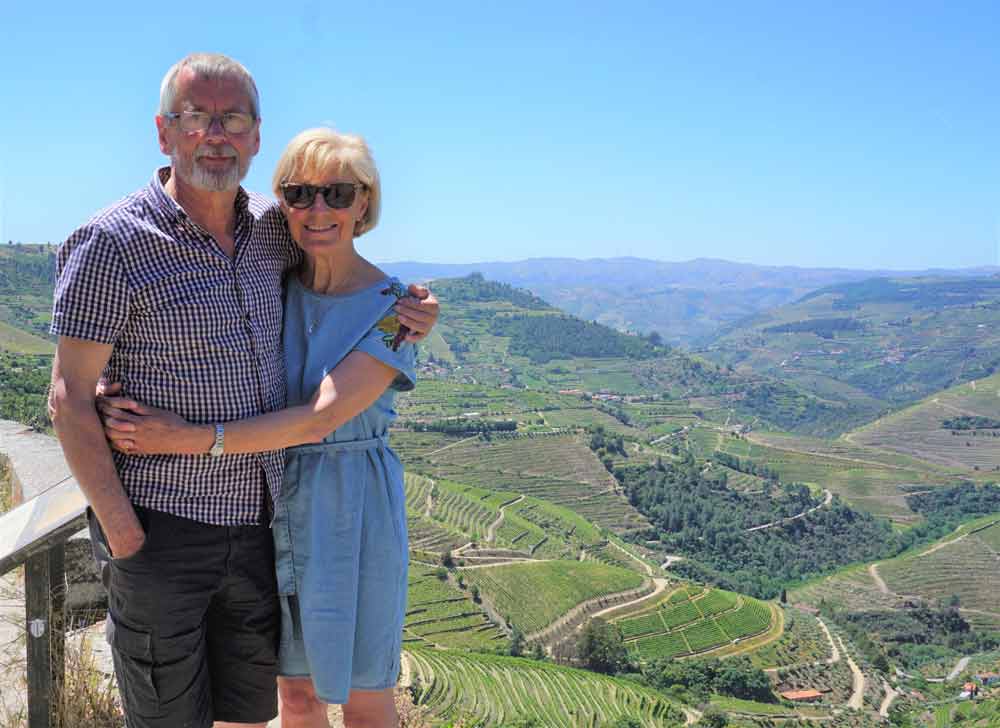
We crossed the Douro at Pinhao, which is the collecting centre for the fermented grape juice before it’s shipped down the river to Porto in January or February each year. It’s also the destination for the large river cruise ships which bring tourists up the river in what looks to be considerable comfort to enjoy the scenery and no doubt to sample the wine.

We spent the Tuesday night on a quiet camperstop just outside Sao Joaõ da Pesqueira, which is just to the south of the Douro valley. Our cycle the mile or so into the village was rewarded by a beer in a local bar, where I don’t think they can see too many visitors, and on our return to the van a French couple (the only other residents of the site) presented us with a bowlful of fresh cherries which they’d just ‘scrumped’ from a nearby orchard.
